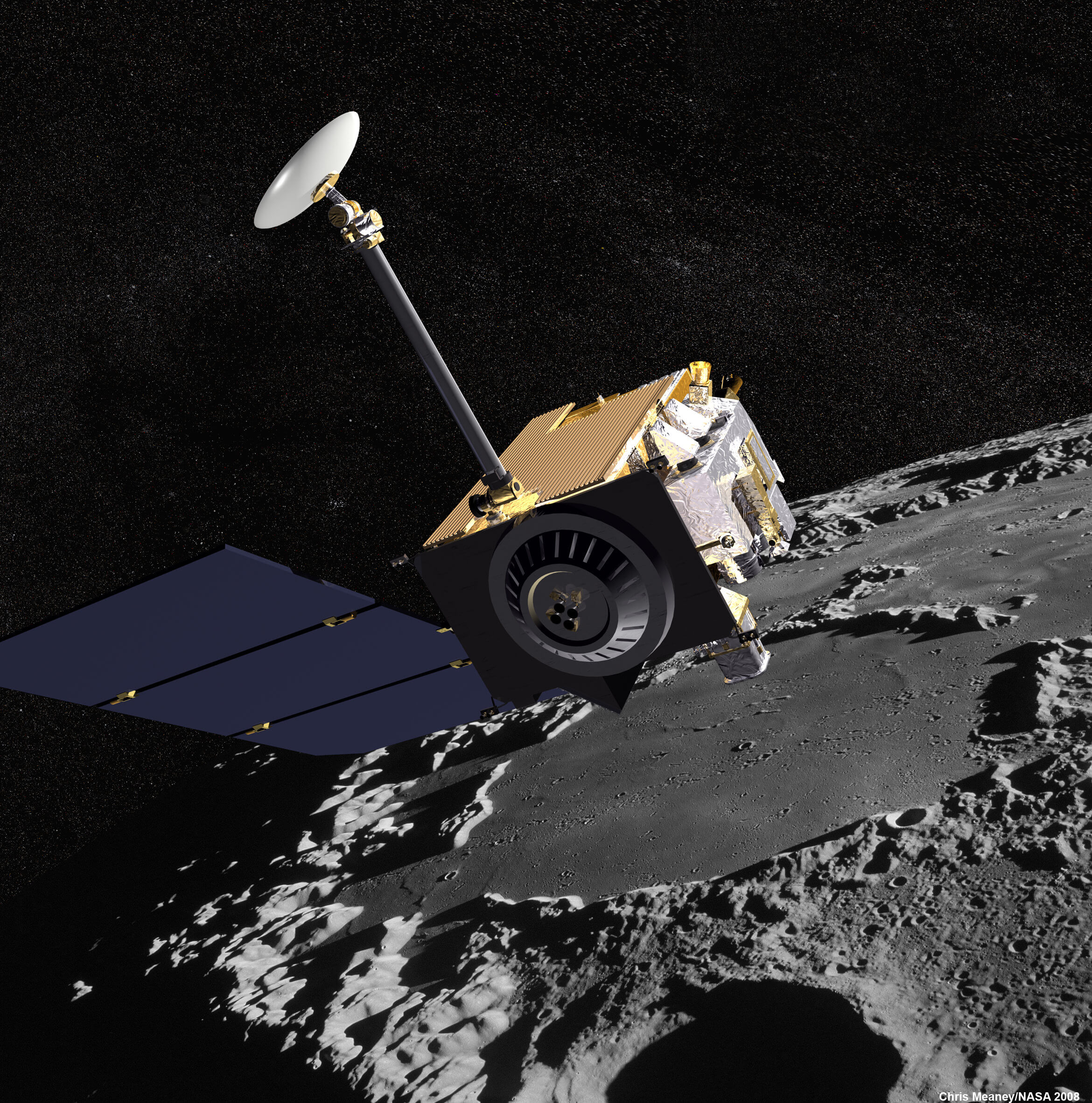What have the been the benefits of LRO?
The dual role of Lunar Reconnaissance Orbiter (LRO) as an exploration and science mission has proven to be very successful, with important advances in both realms. Focusing on contributions across LRO's evolving objectives without attempting to be fully comprehensive. The mission has provided technical innovations and made surprising discoveries that have changed our view of the Moon. The science and exploration measurements will be a legacy of LRO that will be extremely useful to generations of lunar scientists and explorers.
The instruments on board the spacecraft return global data, such as day-night temperature maps, a global geodetic grid, high resolution color imaging and the moon's UV albedo. However, there has been particular emphasis on the polar regions of the moon where continuous access to solar illumination may be possible and the prospect of water in the permanently shadowed regions at the poles may exist. Although the original objectives of LRO were explorative in nature, the payload included instruments with considerable heritage from previous planetary science missions, enabling the transition, after one year, to the science phase under NASA's Science Mission Directorate.
LRO data sets are deposited in the Planetary Data System (PDS), a publicly accessible repository of planetary science information, within six months of primary mission completion and thereafter, the data sets have been deposited in the PDS every three months. The processed data sets will help the world develop a deeper understanding of the lunar environment, paving the way for a safe human return to the Moon and for future human exploration of our solar system.
Technical Innovations
- First deep space precision orbit determination by laser ranging from Earth
- First global thermal mapping of a planetary body covering a full range of local times and seasons
- First bi-static radar imaging measurements from Earth to a planetary orbiter
- First multi-beam laser altimeter system in space
- More than five years of laser altimetric measurements yielding more than 8 billion topographic points, better than any other object in the solar system
- First collimated epithermal neutron detectors in space
- First use of tissue-equivalent-plastic (TEP) in deep space radiation detectors.
Exploration and Science
- In polar shadowed regions found the coldest spots measured (below 30 K) in the solar system
- Discovered significant subsurface hydrogen deposits in regions cold enough for water ice to survive, as well as in additional hydrogen deposits in warmer areas where surface water ice is not thermally stable
- Measured surprising amounts of several volatiles (e.g.,CO, H2, and Hg) in the gaseous cloud released from Cabeus by the LCROSS impact
- New (<5 years old) impact craters and are found to be widespread across the lunar surface, with a surprising abundance of related surface changes
- Developed an improved catalogue of lunar craters larger than 20 km in diameter, thus providing constraints on the ancient impactor population that affected the inner solar system
- First radar measurements of the lunar farside
- Improved the age dating of small landforms by using crater counts from the new high-resolution images
- Discovered that the Moon is in a general state of relatively recent (<1 Ga) contraction
- Characterized relatively young volcanic complexes, such as Ina, and revealed first direct evidence of the presence of highly silicic volcanic rocks on the Moon
- Measured galactic cosmic ray interactions with the Moon during a period with the largest cosmic ray intensities observed during the space age
- Mapped in detail the temperatures, UV reflectance, and near-surface hydrogen abundance of the moon's polar cold traps
- Created the first cosmic ray albedo proton map of the Moon
- Made high-resolution images of robotic and human exploration sites that showed hardware, the tracks of the astronauts, and surface disturbances from landing and ascent

